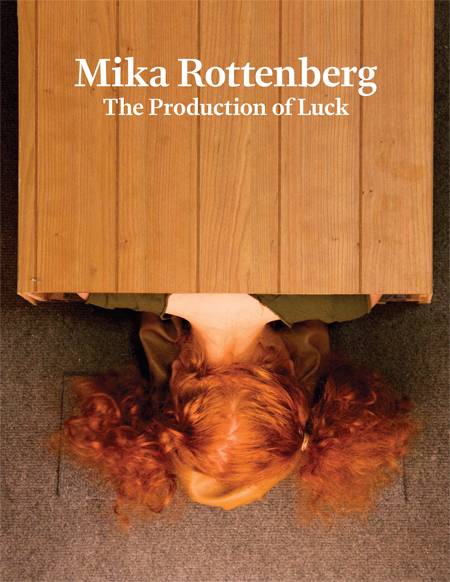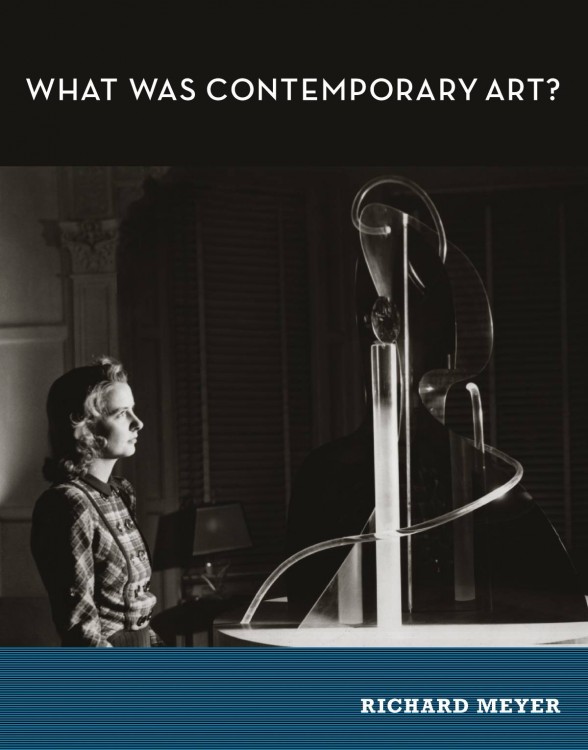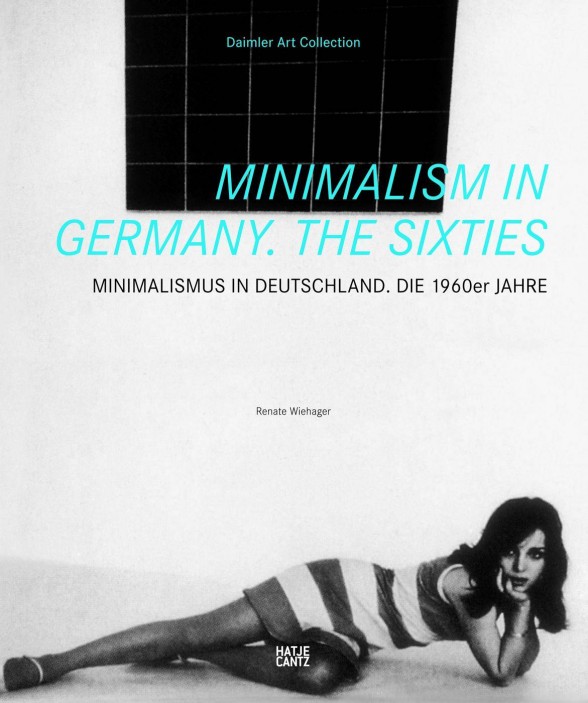Mika Rottenberg: The Production of Luck
(Gregory R. Miller & Co., New York in association with the Rose Art Museum, Waltham, MA: 2014), ISBN 978-1-941366-00-4

Mika Rottenberg’s videos and installations are marked by a highly distinctive, unforgettable narrative style. One would not expect three-dimensional work that is also time-based to be well-conveyed in print, but this catalog to an exhibition at the Rose Art Museum does a remarkable job. The preponderance of its 292 pages is devoted to imagery, occasionally arranged serially across a page, in a design by Coma Amsterdam/New York that is extremely sensitive to the artist’s visual sensibility. A short conversation with the artist precedes illustrations for each of the eight works. The volume includes a modest introduction by curator Christopher Bedford; essays by Julia Bryan Wilson, who analyzes Rottenberg’s architectural and spatial imaginary and recurring theme of assembly-line production, and sets the artist in relation to her contemporaries; and essays by Wayne Koestenbaum, who presents an almost stream-of-consciousness response to Rottenberg’s work–he says he is recording the shape of the shadow cast on him by the work.

Richard Meyer, What Was Contemporary Art?
(M.I.T. Press, Cambridge, MA and London: 2013), ISBN 978-0-262-13508-5

We may think we know what we mean by the term “contemporary art,” forgetting that all art of the past was contemporary to its own time. Richard Meyer does a wonderful job of looking at the changing concept of “contemporary art,” as well as different attitudes toward it, throughout the 20th century. This clearly written historiography of the term as it developed within the art world should remind readers that “the contemporary” always reflects attitudes towards the past, and is often subject to competing interests that might use it for different ends.
Meyer looks at Alfred Barr’s pioneering teaching of contemporary art at Wellesley in the 1920s, his exhibiting true-to-size copies of Paleolithic cave drawings, gouache copies of 17th-century Persian frescos, and Italian Renaissance paintings at the Museum of Modern Art (MoMA) in the 1930s, and Barr’s belief that the widespread availability of reproductions of earlier art in books meant that artists of the 20th century responded to a huge range of art from the past. Along the way, Meyer offers an interesting view of early installation practices at MoMA and the variety of ways that both politics and commerce assert themselves in the museum world. Finally, Meyer demonstrates through a personal anecdote how one extremely sensitive viewer is challenged by multiple eras in his own recent viewing and attempt at understanding a work of “contemporary art”.
Renate Wiehager, Minimalism in Germany. The Sixties
(Hatje Cantz, Ostfildern, GE : 2012), ISBN 978-3-7757-3366-3

This book is a useful reminder that work produced in Western and Eastern Europe as recently as 50 years ago can remain entirely out of the view of American audiences, and unrecorded in canonical histories of the period. Our blinders not only excluded art from South America, Africa, and Asia, but kept European work out of sight when it disrupted the simple and linear narratives we enjoy. The volume, published as the catalog to an exhibition at Daimler Contemporary, Berlin (a corporate-sponsored venue), gives an extraordinarily scholarly and complete account of its subject. Essays by 11 scholars address the reductionist works within a specifically German context that included activities in art schools, galleries and exhibitions, architecture, design, film, and literature. I know of nothing equivalent in the writings on Minimalist art elsewhere, and this beautifully-produced book should enter all libraries interested in art of the 1960s. Among the artists discussed are Heinz Mack, Peter Roehr, Hanne Darboven, Charlotte Posenenske, and Franz Erhard Walther.








